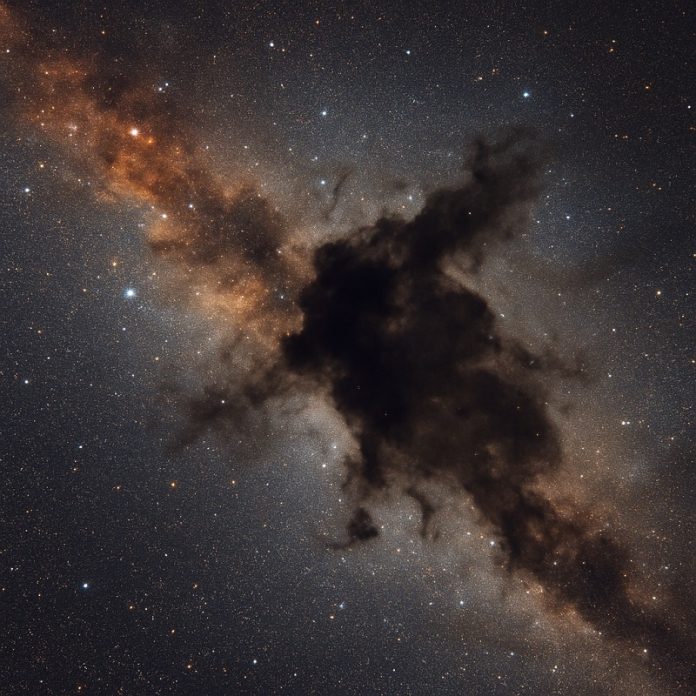
The far edges of our galaxy might seem like quiet, empty places, but astronomers have discovered that even in these remote areas, massive clouds of gas—known as molecular clouds—are still forming stars.
A new study has uncovered how these clouds manage to survive and keep working in such extreme conditions, shedding light on the early processes of star formation in the universe.
Molecular clouds are the birthplaces of stars, but studying them at the edges of the Milky Way has always been difficult.
These clouds are far away, spread out, and not as active as those closer to the center of the galaxy.
Because of this, scientists haven’t been able to observe them as well, and many questions have remained about how they form stars in such a tough environment.
In this new study, a research team from the Xinjiang Astronomical Observatory of the Chinese Academy of Sciences took a closer look using the IRAM 30-meter telescope in Spain.
They focused on clouds located 14 to 22 kiloparsecs from the galactic center—that’s up to 70,000 light-years away.
These areas have lower amounts of metals (elements heavier than hydrogen and helium), less dense gas, and are less influenced by the gravitational forces of spiral arms that shape much of the inner galaxy.
To analyze the gas in these clouds, the team looked at carbon monoxide (CO) emissions, specifically comparing two types of light signals called CO (2–1) and CO (1–0).
These signals help astronomers understand the physical conditions of the clouds. The ratio between these signals, called R21, turned out to be higher in the outer galaxy than in the inner regions. This is similar to what scientists see in entire galaxies with low metal content.
Even more interesting, the team found that the R21 values weren’t uniform.
They varied significantly across different areas of the outer galaxy, and regions with the highest ratios were closely linked to the densest parts of the clouds and to spots where new stars are forming.
This discovery gives scientists valuable clues about how stars can form in extreme, metal-poor environments like those in the early universe. It also helps explain why some regions of space are better at forming stars than others, even when the conditions seem less than ideal.
The findings were published in the journal Astronomy and Astrophysics, offering a deeper look at how the most basic building blocks of stars can survive and thrive at the very edges of our galaxy.



